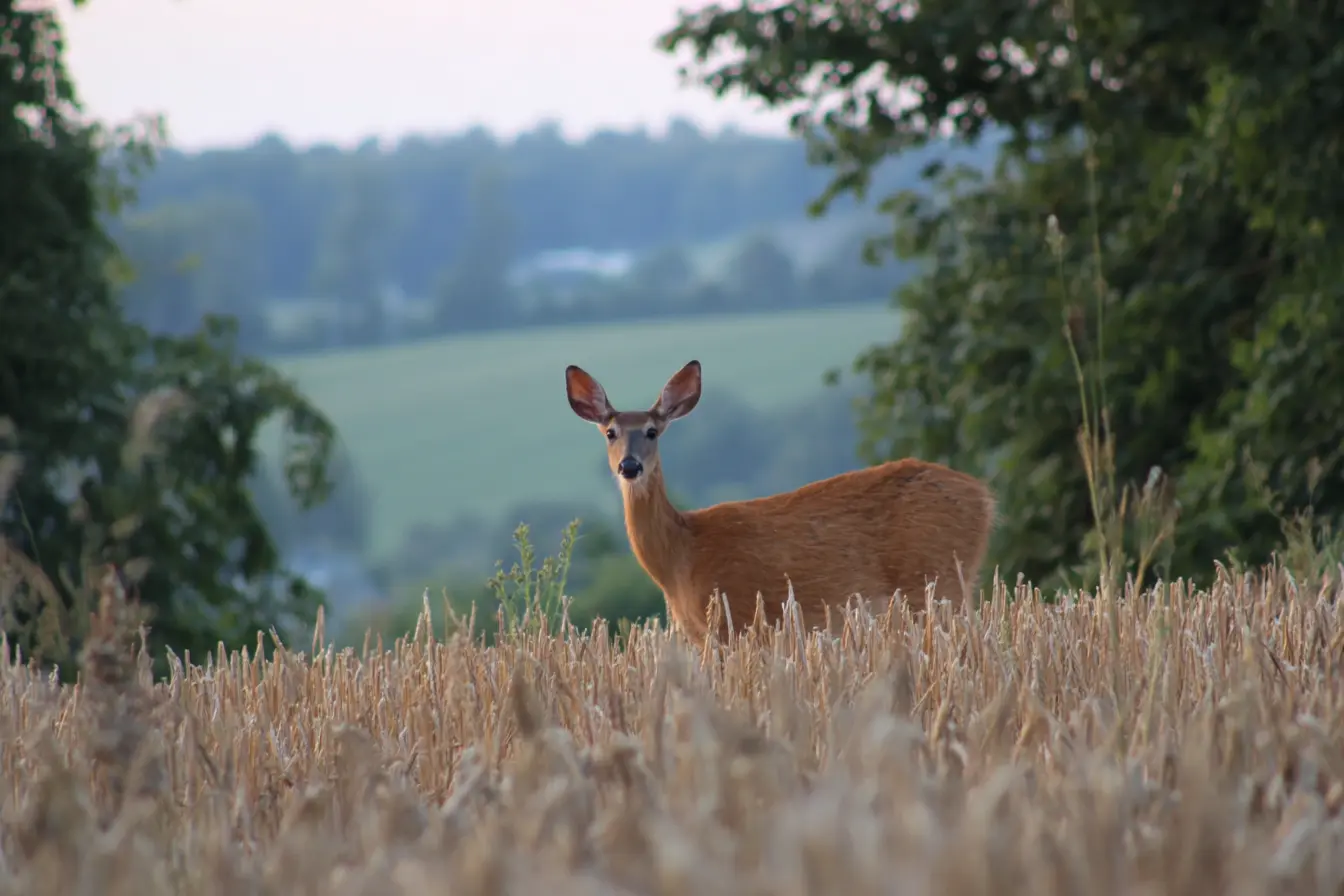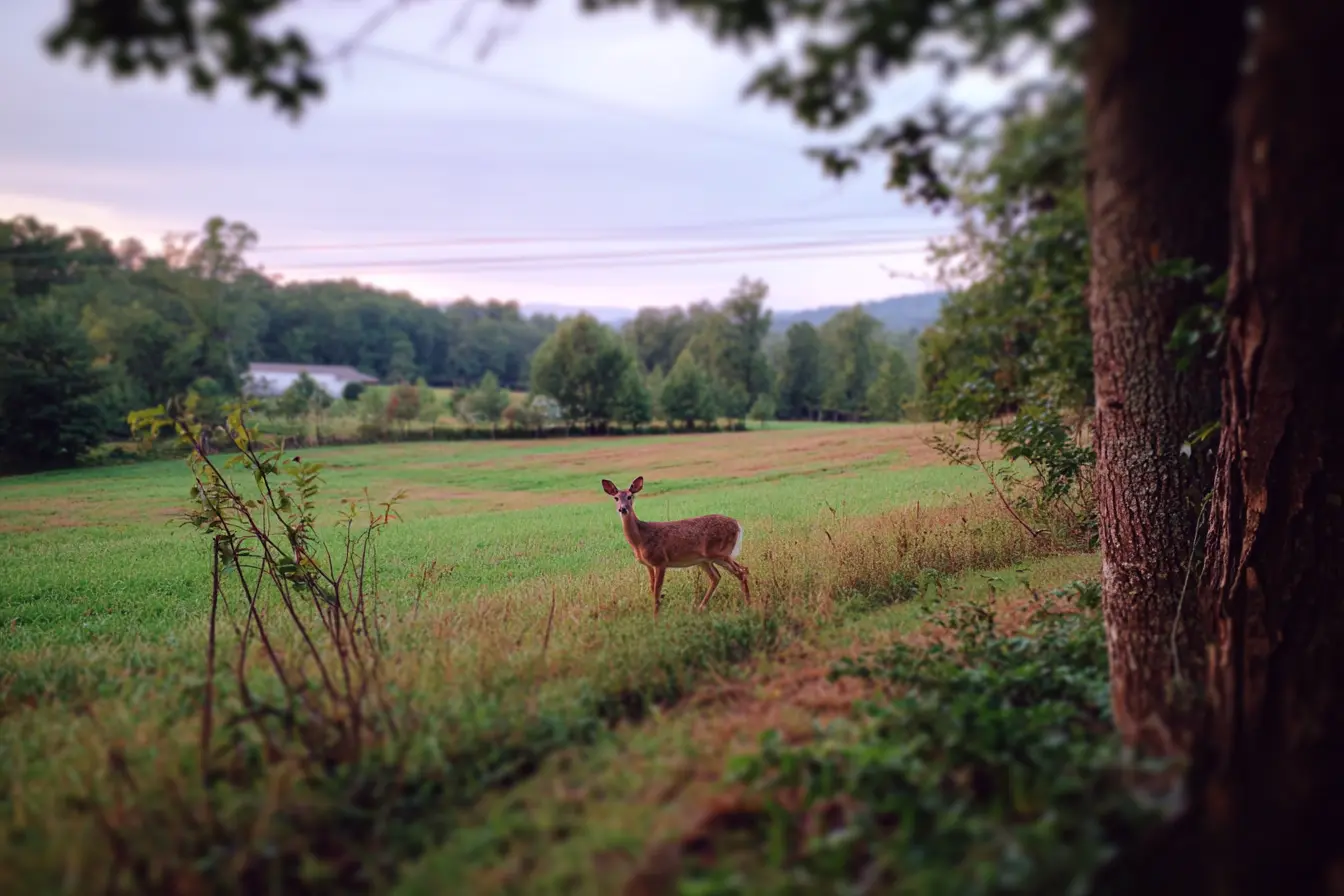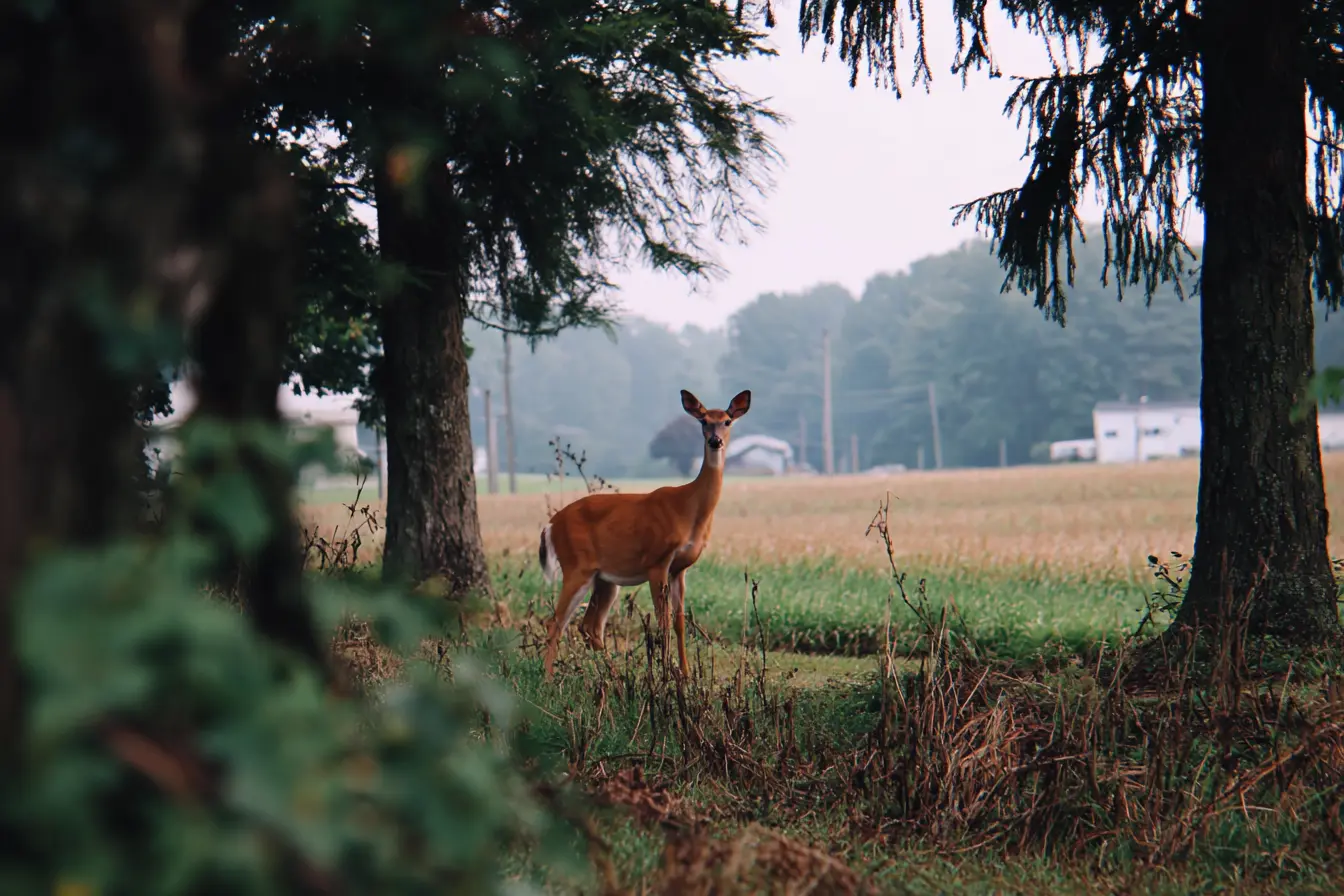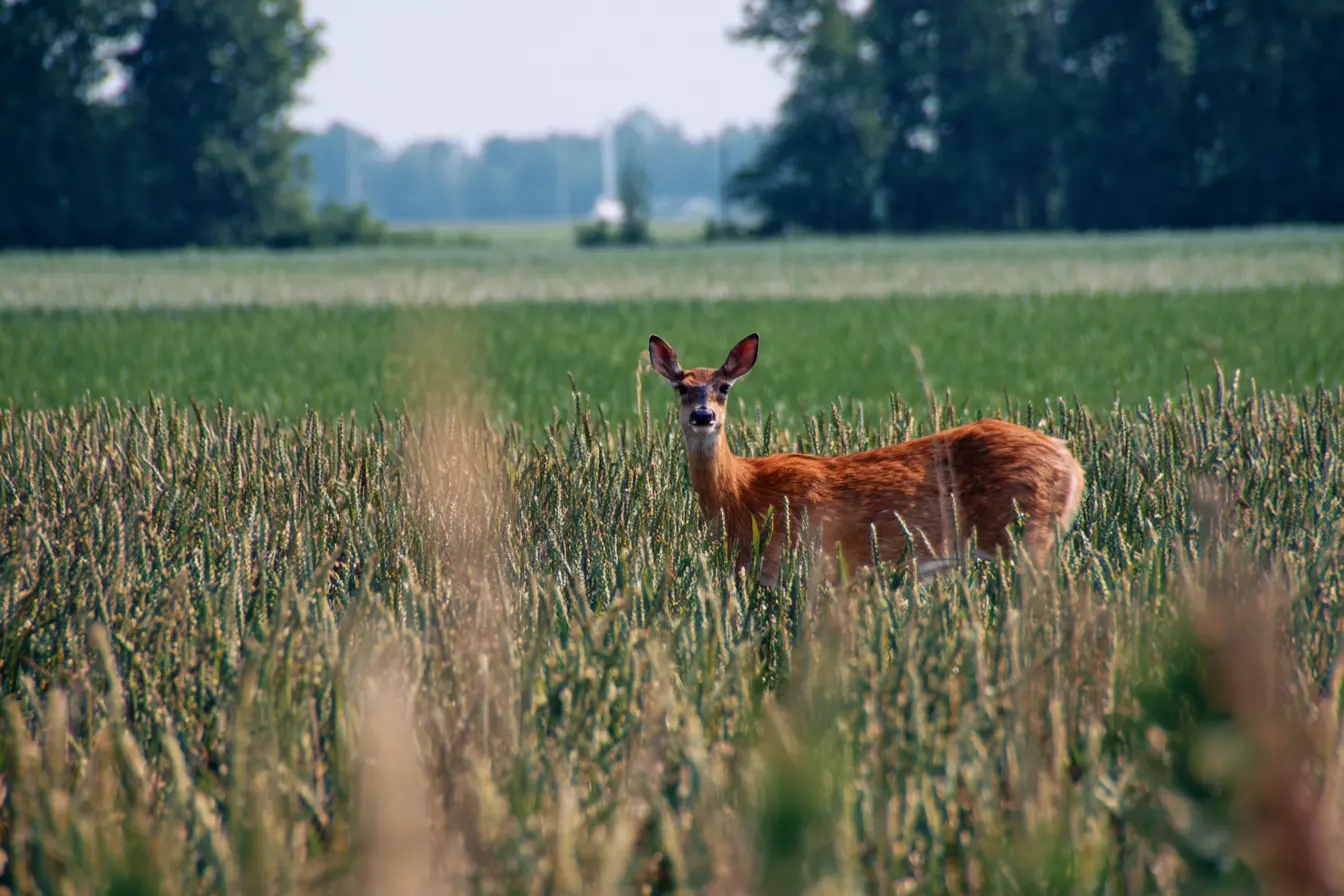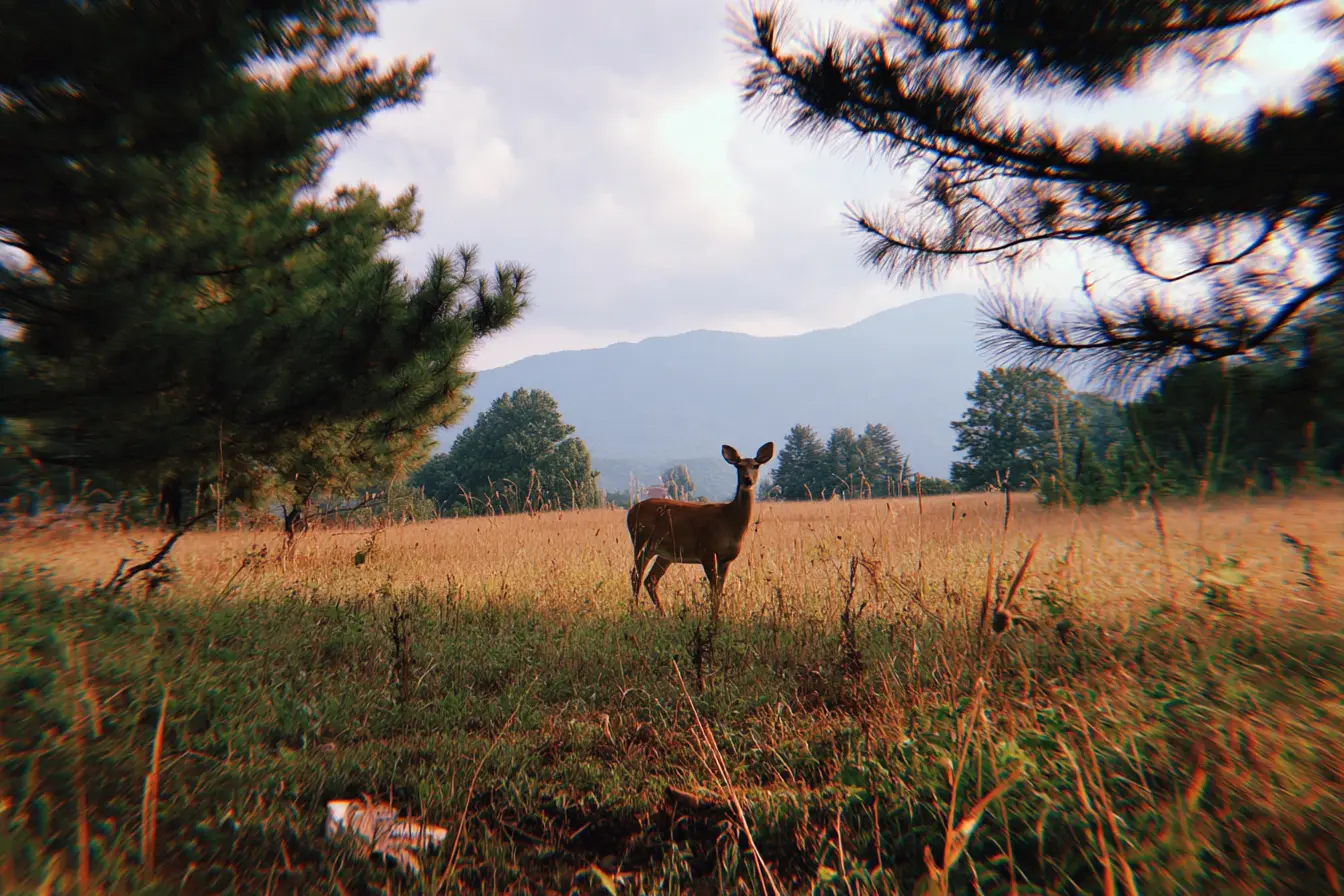
Culling Wild Deer in the UK: Balancing Conservation and Welfare
The sight of deer grazing in the early morning mist is one of the most evocative images of the British countryside. Yet behind this romantic scene lies a difficult reality: with deer numbers at their highest levels in centuries, culling has become an essential part of wildlife and land management in the UK.
In this post, we’ll explore why culling is necessary, how it’s carried out, the ethical and practical considerations involved, and the broader goals of sustainable deer management.
Why Culling is Needed
The UK is home to six species of deer: red, roe, fallow, sika, muntjac, and Chinese water deer. Over recent decades, their populations have expanded rapidly due to factors such as milder winters, a lack of natural predators, and changes in land use.
High deer numbers have significant consequences:
- Damage to woodland and habitats: Overgrazing by deer prevents woodland regeneration, harms young trees, and reduces biodiversity in forests and hedgerows.
- Crop and farmland losses: Deer damage to crops can result in financial losses for farmers, with grazing and trampling of young plants particularly costly.
- Road traffic accidents: Deer-vehicle collisions are a growing concern in rural areas, endangering human safety.
- Animal welfare: High densities of deer can lead to poor body condition and disease, creating welfare concerns within the populations themselves.
Culling helps to keep deer numbers in balance with the environment, ensuring healthy habitats and healthier deer populations.
How Culling Works
Culling in the UK is strictly regulated under the Deer Act 1991 and related legislation. Key features include:
- Seasonal restrictions: Closed seasons protect females during pregnancy and rearing. Open seasons are set for each species to ensure population sustainability.
- Humane methods: Deer culling must be carried out by trained and, in many cases, licensed individuals who understand safe and effective shooting practices.
- Record-keeping: Culls must be accurately recorded to monitor impacts on populations and habitats.
Culling is usually carried out by skilled deer managers or stalkers who assess population densities, habitat conditions, and animal welfare. They target specific animals—often females or young animals in areas of overpopulation—to achieve population reduction goals.
Ethical and Welfare Considerations
Culling is a subject that evokes strong feelings. Many people are understandably concerned about animal welfare, and rightly so.
Professional culling aims to:
- Avoid unnecessary suffering: Shots are taken carefully to ensure a quick, humane kill.
- Minimise disturbance: Deer are culled quietly to avoid distress to the wider herd.
- Respect the animal: Carcasses are used wherever possible, often supplying the venison market or local food initiatives.
The alternative—unchecked populations leading to starvation, disease, and habitat collapse—can be more harmful to deer welfare in the long term.
The Role of Venison and Resource Use
One of the positive aspects of culling is the opportunity it creates to produce venison, a lean and nutritious meat that is increasingly valued in the UK’s food scene. By promoting venison consumption, the environmental and welfare benefits of deer management can be shared more widely with local communities and the broader public.
Organisations such as The Country Food Trust and the British Deer Society have highlighted the value of using venison from managed culls to support both conservation and food security.
Broader Goals: Sustainable Deer Management
Culling is just one part of a wider approach to deer management. In many parts of the UK, collaborative deer management groups bring together farmers, foresters, conservationists and professional stalkers to plan coordinated culls that:
- Protect sensitive habitats and woodland regeneration.
- Support healthy, resilient deer populations.
- Reduce conflicts with farming and road safety.
- Balance the needs of people and wildlife.
The government, through Defra and agencies like Natural England, is developing national strategies to support sustainable deer management that is scientifically informed and socially acceptable.
Conclusion
Culling wild deer is a sensitive but necessary tool for managing the UK’s growing deer populations. When done responsibly and humanely, it helps balance conservation goals, farm viability, animal welfare and public safety.
As we look to the future, effective deer management—rooted in science, collaboration, and respect for both people and wildlife—will be essential to ensure the long-term health of Britain’s countryside.
Vets near you
Speciality vets
- Aquatics vet specialists
- Birds vet specialists
- Camelids vet specialists
- Cats vet specialists
- Cattle vet specialists
- Deer vet specialists
- Dogs vet specialists
- Equines vet specialists
- Exotic vet specialists
- Goats vet specialists
- Pigs vet specialists
- Poultry vet specialists
- Sheep vet specialists
- Small Mammals vet specialists
- Wild vet specialists
